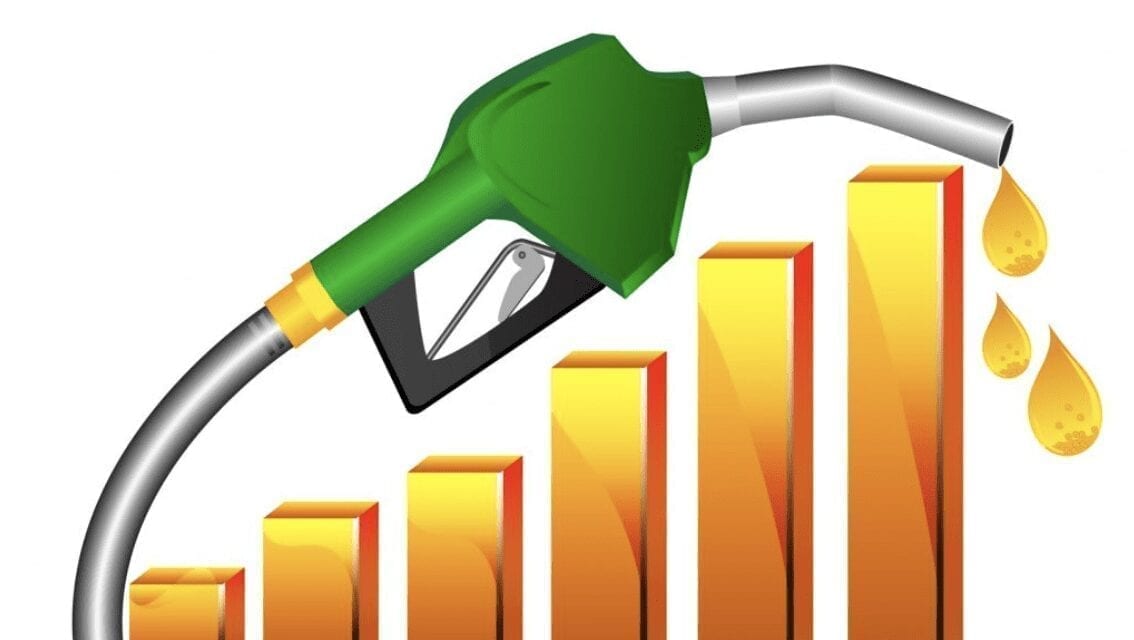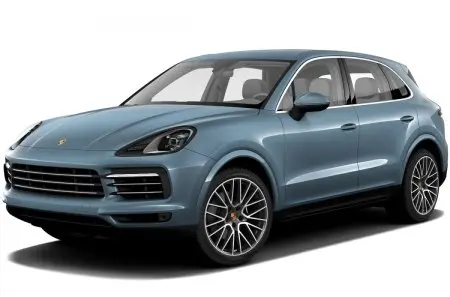
What you need to know about fuel consumption?
Content
What fuel consumption depends on
Fuel consumption is influenced by many factors. First of all, it is aerodynamics, power and engine thrust at low speeds. As well as road resistance. A lot of energy is spent on acceleration before switching speeds, but then energy is spent only on overcoming the resistance of the medium. Therefore, to reduce emissions of harmful substances from the exhaust pipe, ecologists recommend resorting to a simple mechanism for working with the accelerator pedal. You can click on it only at the very beginning, but after a speed of 30 kilometers per hour it’s quite easy to feel. Then the engine will not rotate above 2500 rpm. And this is enough for city life. Modern engines have good performance. Thanks to direct injection, 80% of the torque can be achieved at 1200 rpm.
Fuel consumption
If the engine is equipped with a variable valve system, then 80% of the thrust is available at 1000 rpm. This means that no gas is required for soft starting and acceleration. By the way, according to the norms of the Central European cycle, acceleration to hundreds is carried out in 30 seconds, and a similar dynamics occurs within 2000 revolutions. It is not easy to keep the engine from overspeeding. If the car is equipped with a manual transmission, then you can smoothly release the idle pedal, and the engine itself, equipped with electronic injection, slightly raises the clutch so as not to stall. New BMW and MINI models now have a driverless start system. How to inspect the car before driving? But then you need to get into top gear as quickly as possible.
In which gear the car receives good fuel consumption
At a speed of 30 kilometers per hour, it is necessary to turn on the fourth gear, and at a speed of 60 kilometers per hour - the sixth. Then the engine will run below 2000 rpm, fuel consumption will decrease significantly. For example, 3000 rpm consumes 3,5 times more fuel than 1500 rpm. Thus, driving at a speed of 50-60 kilometers per hour in high gear will reduce the consumption of a 1,6-liter engine to 4-5 liters. This method is useful when the fuel level is zero, when it is necessary to endure the last effort to the nearest gas station. In addition, modern cars use a Start-Stop system that automatically shuts off the engine during emergency stops.
Fuel consumption when the engine is off
Standing in traffic jams and in front of traffic lights without working power gives a total of 5% fuel savings. But here we must remember that frequent starting is harmful to the mechanics, and it is better to turn off the engine at stops that last longer than a minute. Tires and aerodynamics. Well-inflated tires help save fuel. Many manufacturers recommend inflating front tires to 2,2 bar and rear tires to 2,3 bar under standard conditions. This is the most comfortable pressure for R16 and R17 tires. But many do not monitor the tires for months, let them relieve pressure and forget that the tire sags on a charged car. The contact patch increases, which leads to increased wear and fuel consumption. Therefore, in order to travel with the family around the country with the usual things in the trunk, you need to increase the tire pressure.
Tire inflation recommendations
For each car model and wheel size, its own value is determined. For example, for a Focus II with 205/55 R 17 wheels, it is recommended to use 2,8 bar in the rear tires. And for Ford Mondeo it is recommended to increase the rear wheels 215/50 R 17 to 2,9 bar. And that's about 10% fuel economy. But before swinging the wheels, you need to read the instructions. The recommended pressure for a particular machine can be found on the specific decals. These are usually located on the fuel tank cap. Following the manufacturer's recommendations will have a positive effect on tire performance. Traction, seaplane, fuel efficiency and tire mileage. But most importantly, in order to avoid an increase in fuel consumption, the aerodynamics of the car should not be disturbed.


One comment
ootol
the article is not about anything